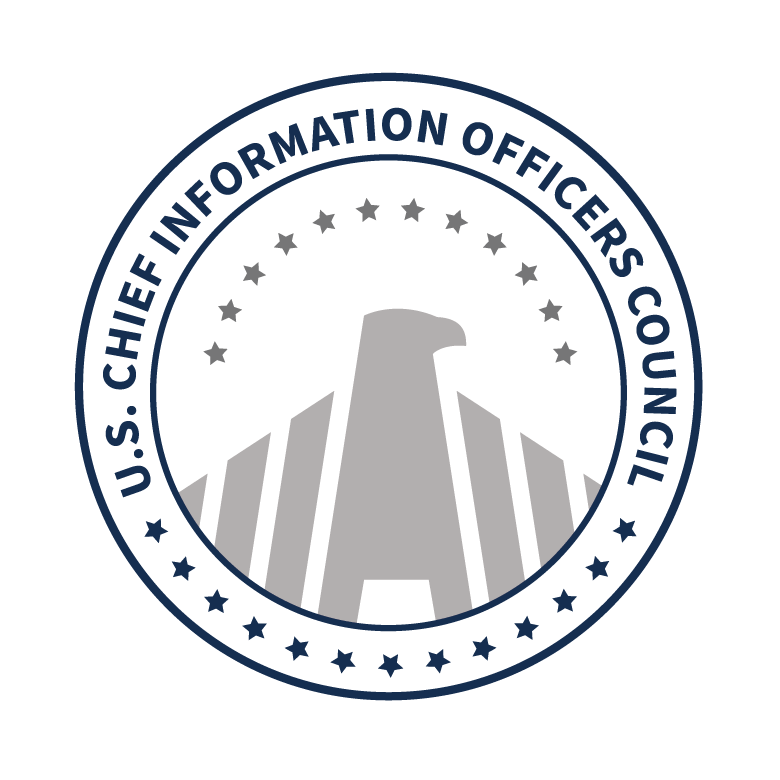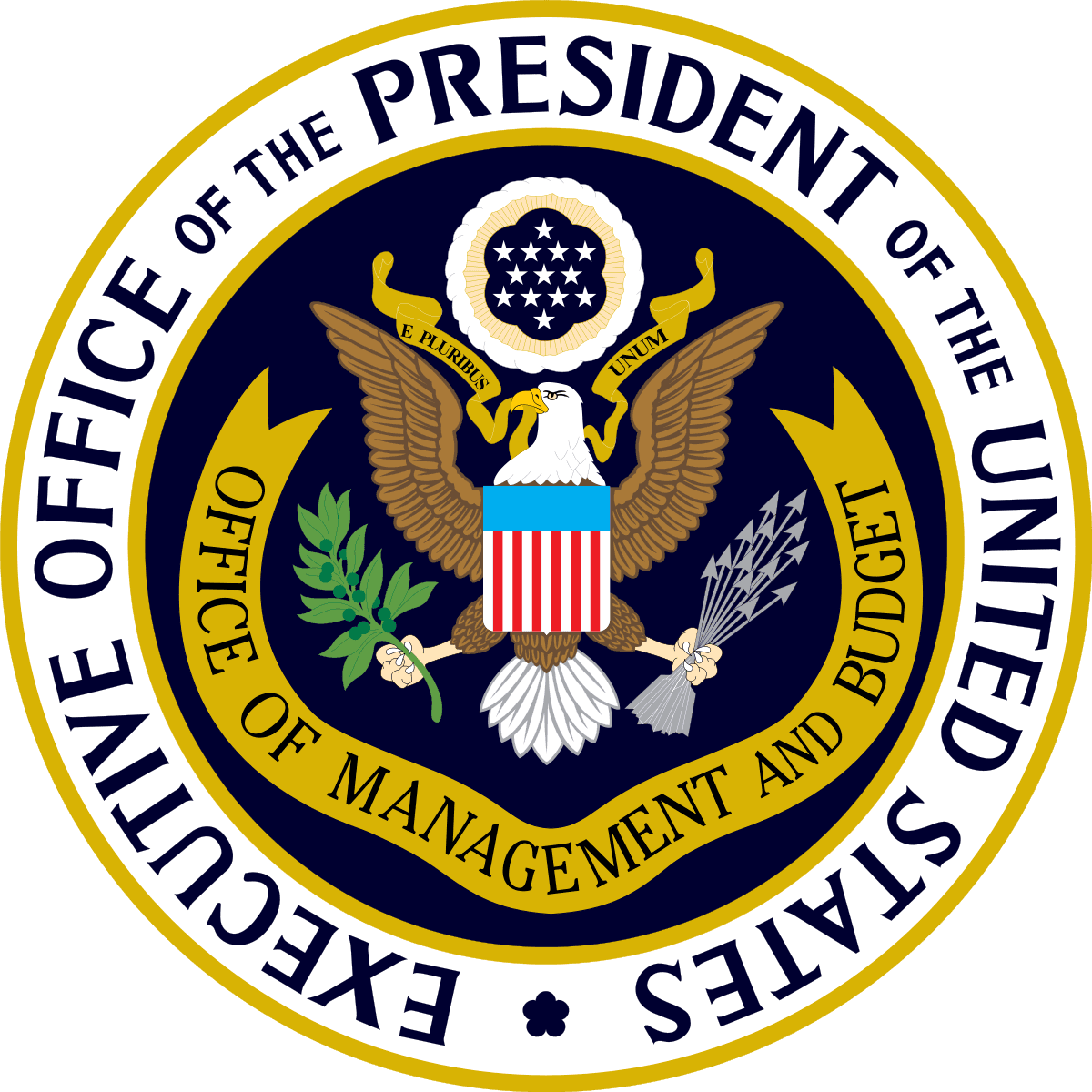As a business executive, the Chief Information Officer (CIO) challenges executive leadership to think strategically about digital disruptions that are forcing business models to change and technology's role in mission delivery. As a technology leader, the CIO enables and rapidly scales the agency's digital business ecosystem while concurrently ensuring digital security. The CIO drives transformation, manages innovation, develops talent, enables the use of data, and takes advantage of evolving technologies.
The Federal Chief Information Officers Handbook is provided for newly designated CIOs, Deputy CIOs, agency heads and other senior leaders during transition to both understand the role of the CIO and the CIO Council.
This handbook aims to give CIOs important information needed to be a technology leader at their respective agency. It is designed to be useful both to an executive with no Federal Government experience and to a seasoned Federal employee familiar with the nuances of the public sector. At its core, the handbook is a collection of resources that illuminate the many facets of the Federal IT landscape and the related issues and opportunities of Federal management.
Document Objectives:
-
Educate and inform new and existing CIOs about their roles and responsibilities.
-
Highlight laws, policies, tools, and initiatives that can assist CIOs and their staff as they develop or improve their organization's IT portfolio.
-
Streamline agency processes and improve reporting to oversight entities.
-
Enable improved decision-making by leading and facilitating communication and collaboration within agencies and government wide.
The handbook:
-
Reviews the statutory responsibilities that define the CIO's mandate in eight responsibility areas, the corresponding Laws and Executive Orders, and any applicable implementation guidance issued by the Office of Management and Budget (OMB) and other government-wide organizations;
-
Describes, in detail, the applicable laws relevant to the CIO's role, other authorities, key stakeholders that CIOs should meet in their first month, and key organizations and their role in Federal IT;
-
Outlines government-wide IT policies and initiatives, summarizes the many kinds of reporting activities the CIO must conduct to keep their agency accountable to government-wide authorities, and provides a reporting calendar with the most up-to-date reporting activities available.
The handbook concludes with a list of additional Federal IT resources and where to find them.
As a whole, this handbook is meant to provide CIOs with a foundational understanding of their role. The tools, initiatives, policies, and links to more detailed information make the handbook an effective reference document regardless of the reader's familiarity with Federal IT.



